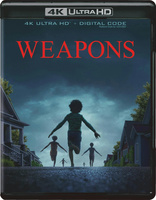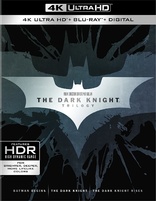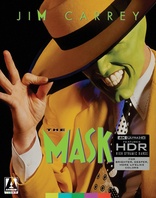I've heard that SXRD/D-ILA tech are not ideal when dealing with starry nights - - deep blacks but not enough brightness to the stars. This is caused by the auto-iris which reduces the light that shines through the LCD panel. The same iris however makes the SXRD/D-ILA have a better contrast ratio than LCD projectors/RPTVs.
I know that single-chip DLP projectors/RPTVs, which is what normal people would have, have the problem with the rainbow. Specifically because DLP has no color mirrors, color wheels have to be applied to make the color appear. DLP however does have a high contrast ratio and does so without the auto-iris.
Now we have CEs developing new display technology based on these two chips but using lasers. My understanding of lasers is that apart from being bright, they can burn the cones and rods in your eyes. So while laser LCDs/DLP techs are coming soon this fall, I think it's best if somebody else get blinded first.

So here's my suggestion to an alternative future tech of projectors/RPTVs. Combine both LCD and DLP chips into a single system. Working with a new algorithm, this will hypothetically deliver a colorful and brighter picture.
The video signal is divided into chroma (color) and luma (luma) signals, which is somewhat similar to how DLP works, except that the color wheel creates a chroma and luma signal per wheel segment. The chroma signal is delivered to the LCD chip while the luma signal is delivered to the DLP chip. The LCD sits on top of the DLP chip because light HAS to be bounced off the DLP chip.
This combination of LCD and DLP solves all the problems of either technology while harvesting the advantages of both to the maximum. High contrast ratio and great color rendition without the rainbow effect (new faster LCDs to reduce ghosting must be used) can now be achieved by using conventional bulbs. With a little bit of refinement, I believe this combination of technologies can be developed very quickly for the target market of home users.
fuad























 Threaded Mode
Threaded Mode